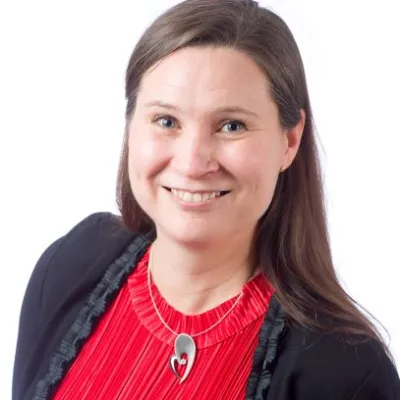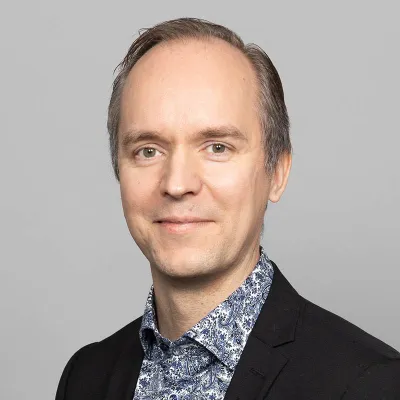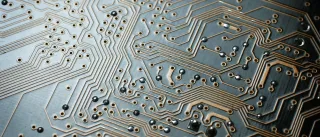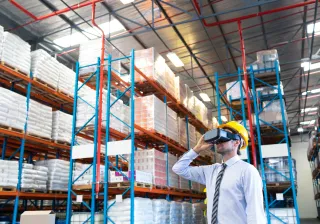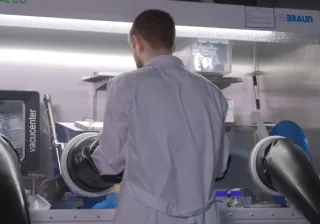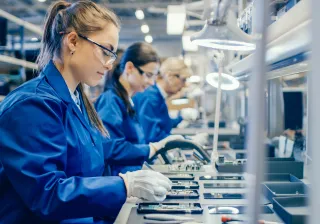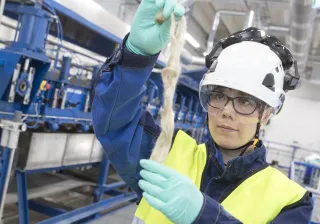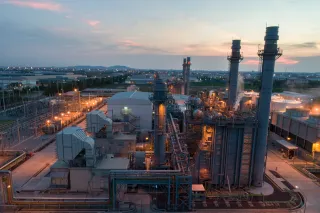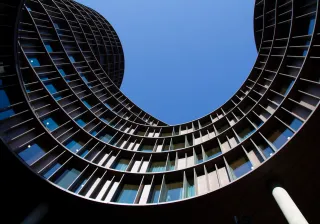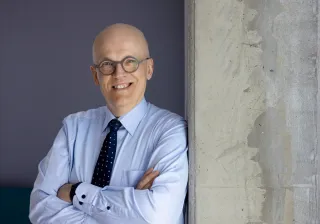Realising the green transition requires crucial clean energy metals. As the demand for these vital raw materials continues to skyrocket, a challenge emerges – global ore rates are depleting. Innovative biological mining methods must be employed to meet this demand sustainably. Biohydrometallurgy can extract critical metals from previously overlooked waste piles and side streams, minimising the environmental impact when compared to traditional mining.
The green transition requires the right metals
Metals such as nickel and copper are essential to many devices that underpin modern society, like smartphones and laptops. These metals are also necessary to shift to fossil-free forms of energy like nuclear, wind and solar power. Additionally, critical metals such as cobalt can help meet the constantly increasing demand for lithium-ion batteries, central to electric vehicles, electronic devices and renewable energy storage. The need for these metals is continually accelerating. In twenty years, the demand for cobalt and nickel is expected to increase twentyfold, while lithium may see a surge of up to forty times its current demand.
Extracting critical metals from waste provides energy security
The war in Ukraine has shown that energy security is an issue that Europe cannot afford to avoid. Gaining self-sufficiency in energy production is paramount to achieving security. But as the need for critical metals grows and grows, a further challenge arises – easily accessible ore deposits, especially in Europe, have been depleted. Humans have already exhausted the easiest, best places to find critical metals. To extract new deposits, we will continue to need mining. But we will also require recycling to retrieve valuable materials found in waste.
Legislation is now in place that makes sourcing critical materials in Europe a key issue. The EU’s Critical Raw Materials Act aims to increase and diversify the EU's essential raw materials supply, reducing European dependence on third parties such as Russia and China.
Biohydrometallurgy is a competitive advantage
Biohydrometallurgy is already commercially used for recovering critical metals from low-grade ores. This same technology can also be utilised to retrieve minerals and metals from waste piles and other side streams.
This is done using microorganisms that extract metals. The microbes generate ferric iron and acidity, attacking minerals to release metals and dramatically accelerating slow metal leaching rates.
In terms of extracting value from waste, biohydrometallurgy has many advantages over traditional metallurgical processes such as smelting. Whereas these may be too costly or ineffective in recovering metals, biohydrometallurgy can access metals present in low concentrations within the ore or waste. This maximises resource utilisation by unlocking the full potential of mineral deposits that might otherwise be overlooked, hidden away in unused waste piles or tailings.
Biohydrometallurgy offers a reduced carbon footprint
Biohydrometallurgy also offers a significantly reduced environmental footprint compared to non-biological mining processes. Unmodified, naturally occurring organisms can operate at lower temperatures and pressures, meaning they do not have the energy requirements attached to smelting and pressure leaching. The microorganisms’ ability to extract specific metals from low-grade ores and waste materials boosts efficiency while reducing the need for extensive processing. All of this contributes to biohydrometallurgy’s lower carbon footprint.
In Finland, biohydrometallurgy has been used to dissolve metals from ore heaps. This approach has been fruitful, even in challenging boreal conditions. The use of biological mining techniques has led to a significant reduction in environmental impact, with carbon dioxide emissions lowered by 60 percent and energy consumption reduced by 90 percent compared to conventional mining and processing methods.
VTT’s pilot plant aids research into waste utilisation
VTT operates one of Europe's largest open-access piloting platforms. Bioruukki, based in Espoo, Finland, enables researchers to study and test efficient methods for recovering main metals from various material flows. For example, investigations have shown that iron can be separated from the same waste material, in addition to zinc, for use as a water purification chemical.
Waste utilisation, especially from mine tailings, is a particular focus area at Bioruukki. By recovering raw materials from waste and rendering them less harmful to the environment, VTT’s experts aim to maximise resource utilisation while minimising environmental impact.
From microbiology to metallurgy – VTT’s one-stop solution for biohydrometallurgy
VTT possesses a unique blend of expertise in microbiology, process development, hydrometallurgy, and biohydrometallurgy. Unlike traditional research institutions, which may only specialise in one area, VTT’s knowledge base spans several disciplines relevant to biological mining. This integrated approach allows VTT to pilot biohydrometallurgy processes in the same reactors, streamlining the development process.
VTT's experimental work includes modeling and innovative approaches to mining practices. For instance, by identifying microbes' presence and ability to oxidise minerals, VTT continues to pioneer new biological solutions for value extraction in mining.
Having this breadth of knowledge within one organisation opens up diverse piloting and testing opportunities. For instance, VTT’s experts can help develop efficient methods to extract metals from minerals, or conduct piloting and modelling to assess the technical feasibility of extracting metals from a specific material stream.
Biohydrometallurgy will continue to extract value from waste
The future of biohydrometallurgical processes is promising. Biohydrometallurgy may become more integrated with conventional mining practices, helping to boost metal recovery rates, and minimise environmental impacts by reducing chemical usage and energy consumption. Potential applications may also extend far beyond conventional mining into gathering rare earth elements.
As the demand for critical metals increases, and as ore grades continue to be depleted, the sourcing of essential materials from waste has become essential. With the ability to extract critical metals from waste piles, side streams and tailings, biohydrometallurgy is poised to revolutionise metal recovery processes and contribute to a more sustainable future.
VTT can help you in:
- Support for process development
- Tailored piloting for chemical leaching, bioleaching, precipitation, and solvent extraction
- Management of microorganisms in processes and closed water loops
Want to discover more about how biohydrometallurgy is recovering value from waste? Check out this article!
